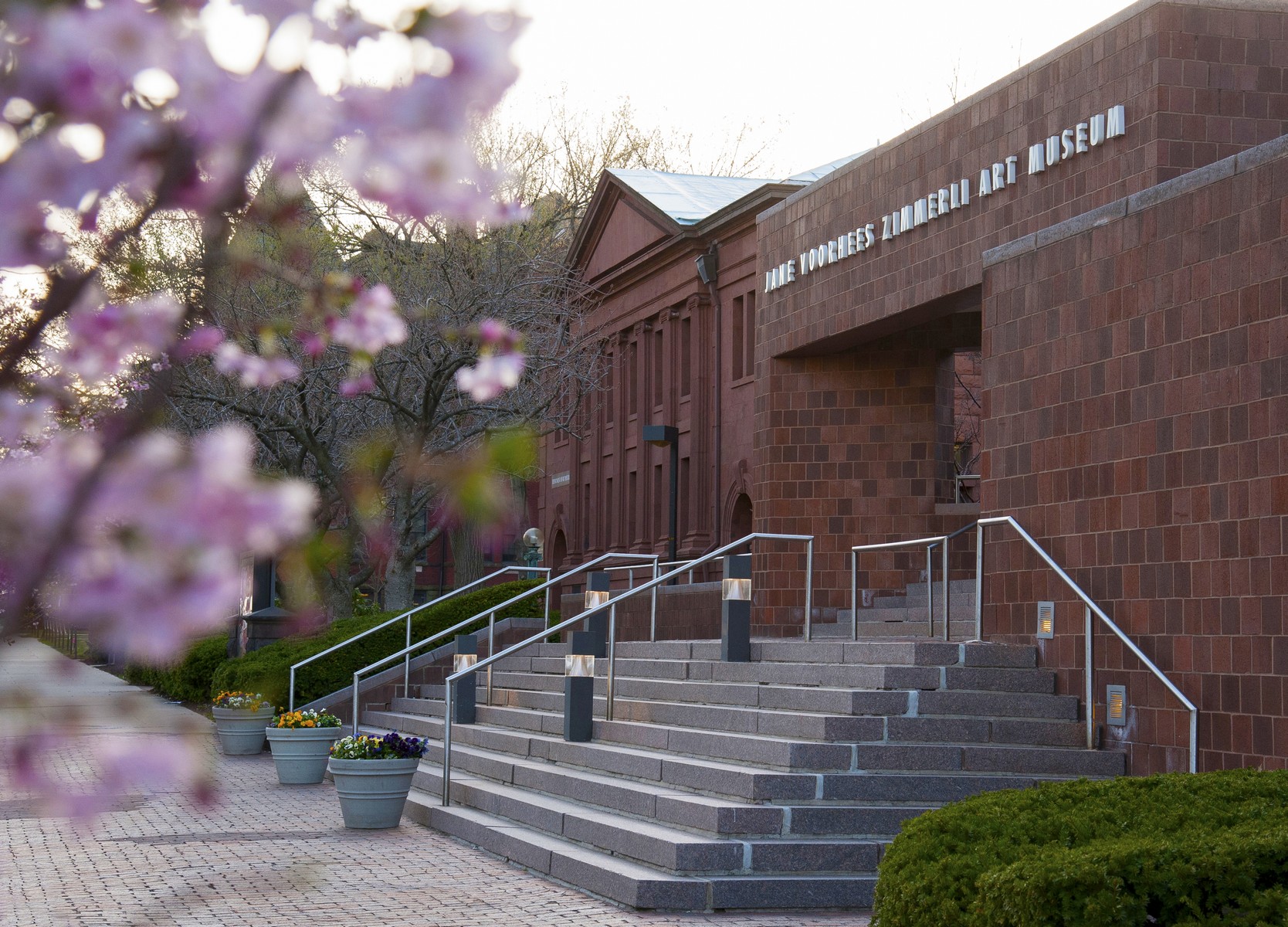Sep 3 2016 - Jan 15 2017
Zimmerli Art Museum at Rutgers University
New Brunswick, NJ
The 1860s was a pivotal time for artistic innovation in Paris and London. Artists increasingly featured both the directly observed local landscape and scenes from contemporary life in their works, laying the foundation for impressionism, the painting style that has come to represent the beginning of modern art. Painters also rediscovered the venerable printmaking medium of etching, which had been practiced by Rembrandt and other earlier masters but which fell out of favor following the invention of lithography in 1798. Artists saw etching as an alternative vehicle for creative expression and a versatile means for making original works that would appeal to a growing market of art collectors. While artists like James McNeill Whistler and Charles Daubigny produced etchings as an extension of their painting practice, others, including Charles Meryon and Félix Bracquemond, devoted most of their careers to printmaking.
This exhibition features prints by artists working in France and England during the 1860s and early 1870s, selected from the Zimmerli Art Museum’s renowned collection of nineteenth-century works on paper. They represent a new generation of artists who embraced the expressive qualities of etching and realized works with rich contrasts of light and dark that utilize a range of freely drawn and precise lines. Figural painters such as Jean-François Millet and Édouard Manet explored different combinations of marks to create their depictions of urban and rural types, while landscape specialists including Maxime Lalanne and Auguste Delâtre demonstrate the range of atmospheric effects possible through etching.
Credit: Exhibition overview from museum website.
Exhibition Venues & Dates
Sep 3 2016 - Jan 15 2017
Zimmerli Art Museum at Rutgers University
New Brunswick, NJ
